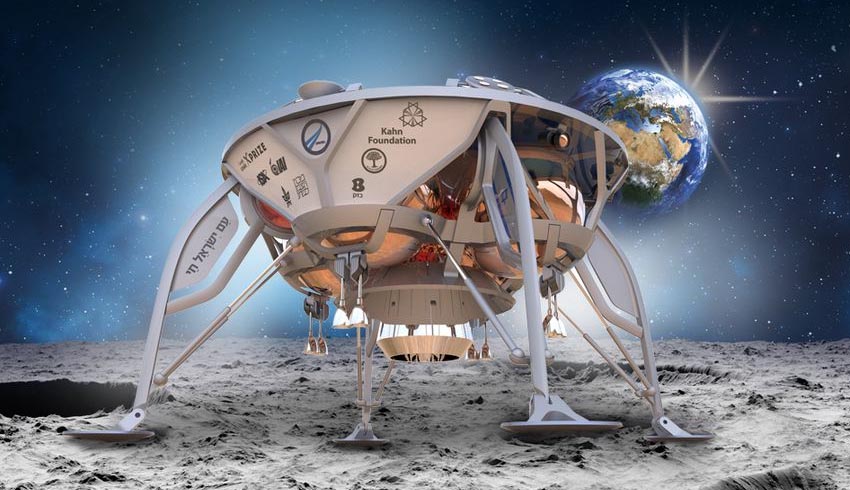This time the moon mission could well involve the Israeli government, rather than just benefactors and private investors. The disastrous landing attempt followed nearly eight years of hard work by Israel Aerospace Industries (IAI) and SpaceIL, an Israeli non-profit organisation funded mostly by philanthropists and involving companies, universities and a very large number of school students.
Just why the Beresheet – Hebrew for genesis – lost power during descent hasn’t been definitely established and the full details may not be disclosed for some time.
Up to that point, the mission had been a complete success, with a successful launch and the lander achieving the required orbit around the moon. It had remained in touch with Earth, including by way of space tracking stations in Australia.
In a statement released shortly after the mission failure, SpaceIL said a technical problem in an unspecified component triggered a chain of events that shut down the main engine during the descent.
That initially occurred at an altitude of 14 kilometres. In the live webcast from the control centre in Israel, a problem with an inertial measurement unit was mentioned at one point.
The control room managed to restart the engine but by that time it was too late to slow down. Telemetry was lost at 150 metres above the moon, by which time the lander was travelling around 500 km/h, way too fast to slow down.
Had the mission succeeded, Israel would have been just the fourth nation to soft land a probe on the moon and the first by a private venture.
During its journey to the moon, Beresheet achieved another pioneering moment – the first space selfie, an image beamed back to Earth showing the lander with the Earth 37,000 kilometres distant and Australia clearly visible.
Following the mission failure, SpaceIL said it would conduct comprehensive tests to assess exactly what went wrong.
However, there would appear to be some hints in the nature of the mission.
As a private venture, the Beresheet mission was conducted on a very modest budget, around US$100 million, a fraction of the cost of comparable missions mounted by national governments.
The Beresheet lander was small, about the size of a household washing machine, and was not intended for a long life on the moon, just a few days before it was expected to lose communications.
It did not include the multiple redundant systems, which might have saved the mission, albeit at far greater cost and larger size.
Beresheet isn’t the first probe to impact the moon, either by design or misadventure.
Both the US and USSR have intentionally and unintentionally crashed probes into the moon. The last of that era was the Soviet Luna 18, lost during a soft landing attempt in 1971.

